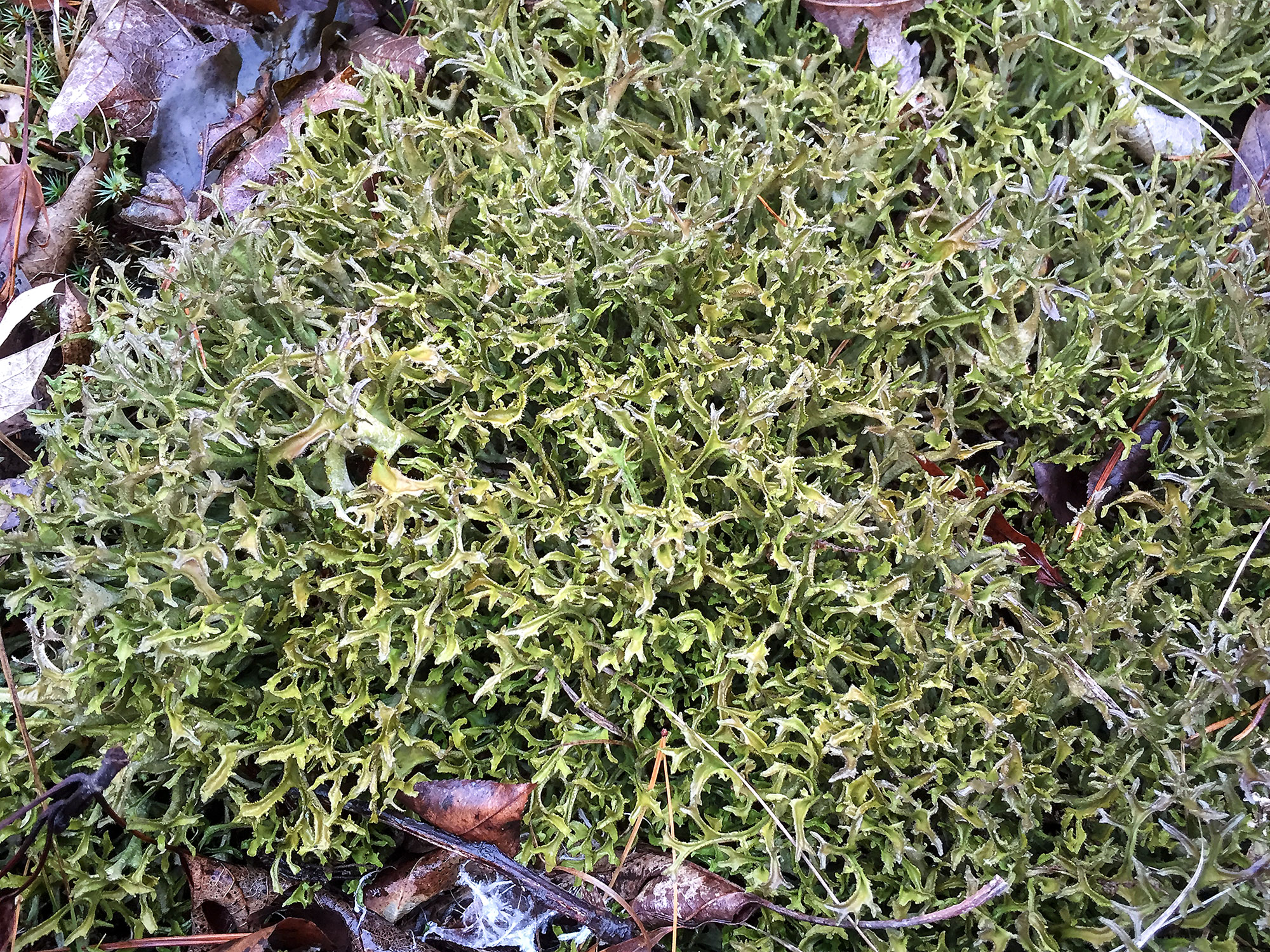
Consortium of Lichen Herbaria
- building a Global Consortium of Bryophytes and Lichens as keystones of cryptobiotic communities -
- Home
- Search
- Images
- Species Checklists
- US States: O-Z >
- US National Parks
- Central America
- South America
- US National Parks
- Southern Subpolar Region
|
Family: Parmeliaceae |
Nash, T.H., Ryan, B.D., Gries, C., Bungartz, F., (eds.) 2002. Lichen Flora of the Greater Sonoran Desert Region. Vol 1. Life habit: lichenized Thallus: fruticose lobes: more or less canaliculate, subtubular or terete, rather broad to narrow, c 0.5-20.0 mm wide; lobe tips: occasionally becoming expanded, rounded to fusiform; margins: with scattered, branched or unbranched projections surface: dark brown to paler brown, occasionally reddish at base, rather smooth to rough, occasionally markedly foveolate or wrinkled, rather shiny or dull; without soralia, dactyls or lobules; pseudocyphellae: rather abundant on margins cortex: with non-pored epicortex, strongly white, composed of external pachydermatous paraplectenchymatous hyphae overlying prosoplectenchymatous hyphae, medulla: white, loosely packed photobionts: primary one a Trebouxia, secondary photobiont absent lower cortex: composed of external pachydermatous paraplectenchymatous hyphae overlying prosoplectenchymatous hyphae; pseudocyphellae rather abundant Ascomata: apothecial, frequent, marginal to laminal, at first concave, later becoming convex, pedicellate; margin: prominent, thalloid; disc: imperforate, dark brown; exciple: hyaline, epithecium: brown or brownish yellow; hypothecium: hyaline asci: lecanoral, Cetraria-type, with thickened wall layers; apex: amyloid, thickened, with a narrow axial body surrounded by a distinct, strongly amyloid ring structure, 8-spored ascospores: simple, ellipsoid to broadly ellipsoid; walls: thin, hyaline, not amyloid Conidiomata: pycnidial, abundant on marginal projections conidia: citriform, 5-7 x 1 micro meter Secondary metabolites: aliphatic acids and/or ß-orcinol depsidones Geography: occurring in temperate/ boreal regions of the Northern Hemisphere, from low altitudes to alpine areas, and also in a few scattered locations in the Southern Hemisphere Substrate: terricolous or rarely on bark or wood. Notes: Thirteen segregates of Cetraria s. l. concerning the North American flora has been proposed: Allocetraria, Arctocetraria, Asahinea, Cetrariella, Cetrelia, Esslingeriana, Flavocetraria, Kaernefeltia, Masonhalea, Platismatia, Tuckermannopsis, Tuckneraria and Vulpicida (Randlane et al. 1997). The published and unpublished molecular data reveal that Cetrariella and Vulpicida are the most closely related genera. Cetraria s. str. differs from these two segregates in having oblong citriform conidia, asci of Cetraria-type and a different secondary chemistry (Kärnefelt et al. 1993, Kärnefelt and Thell 2000). |
Powered by Symbiota









